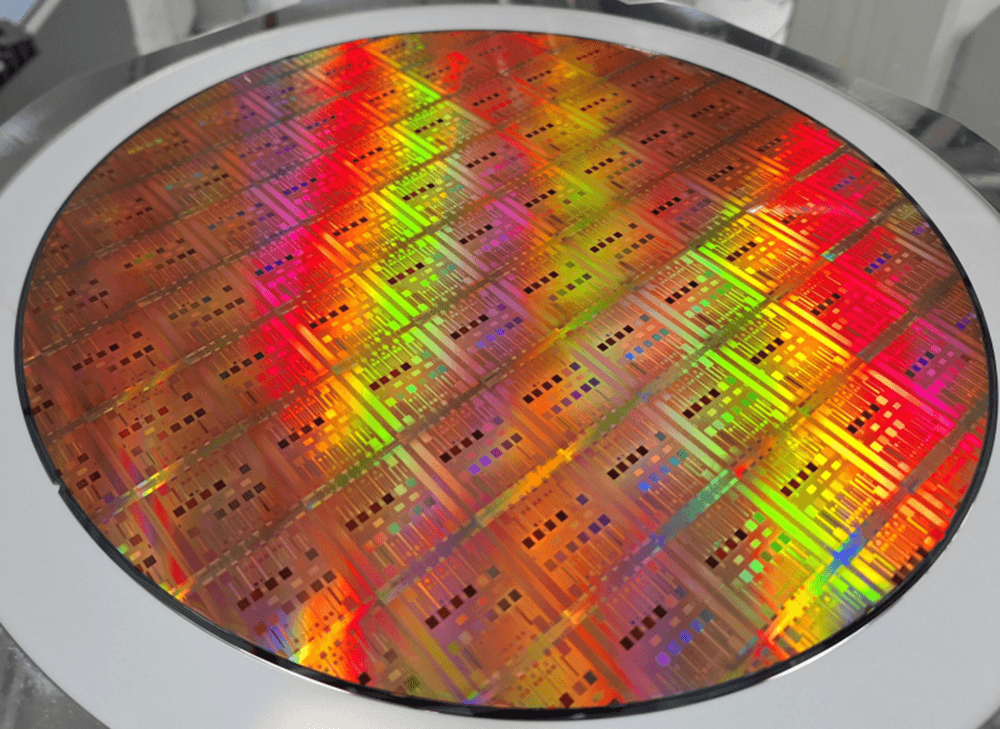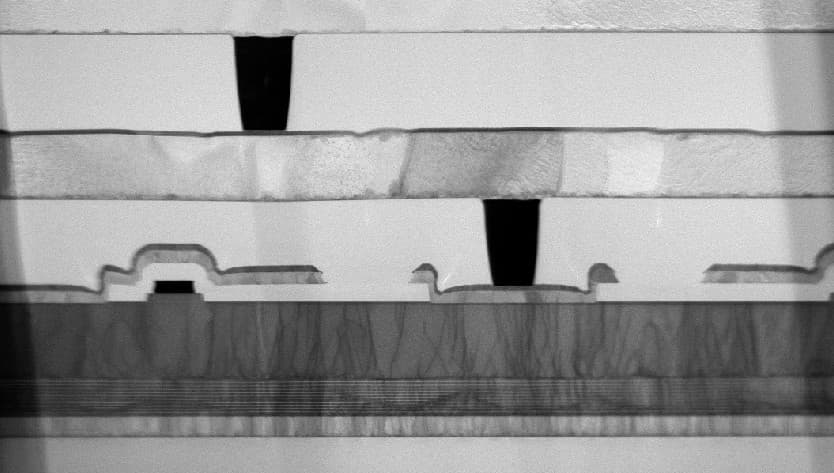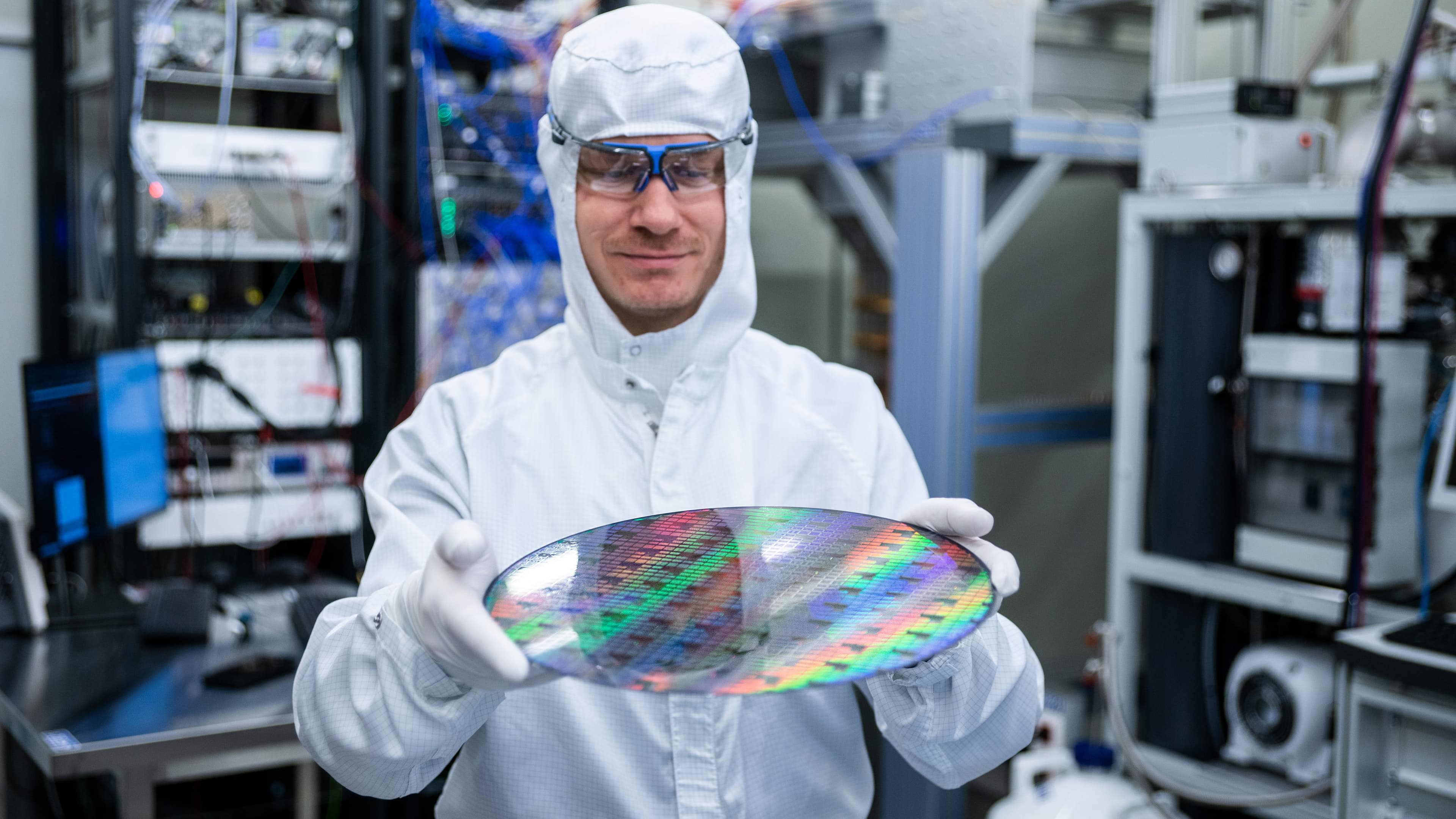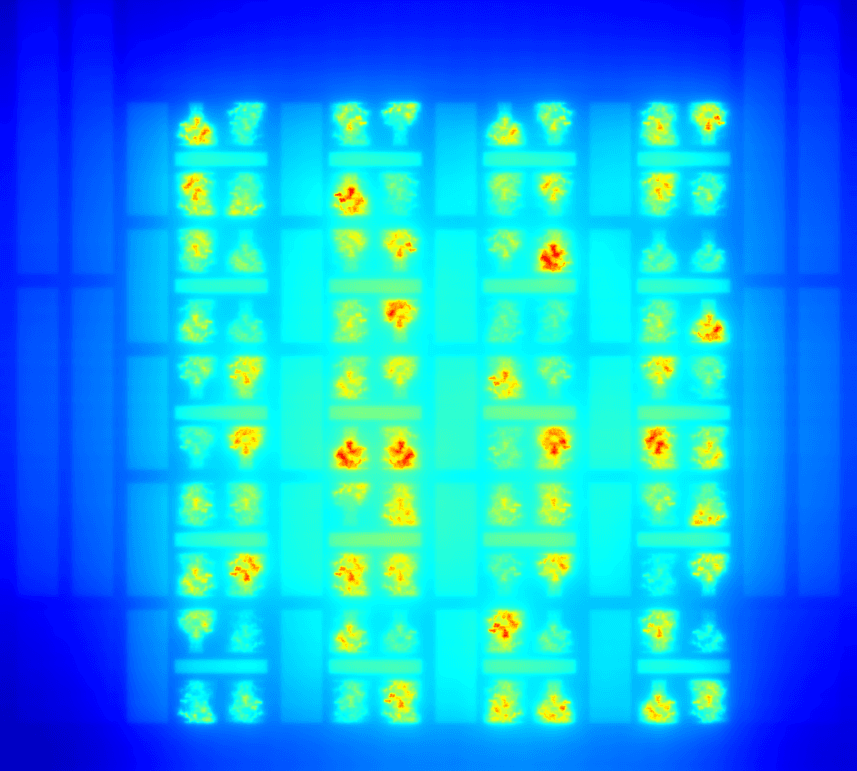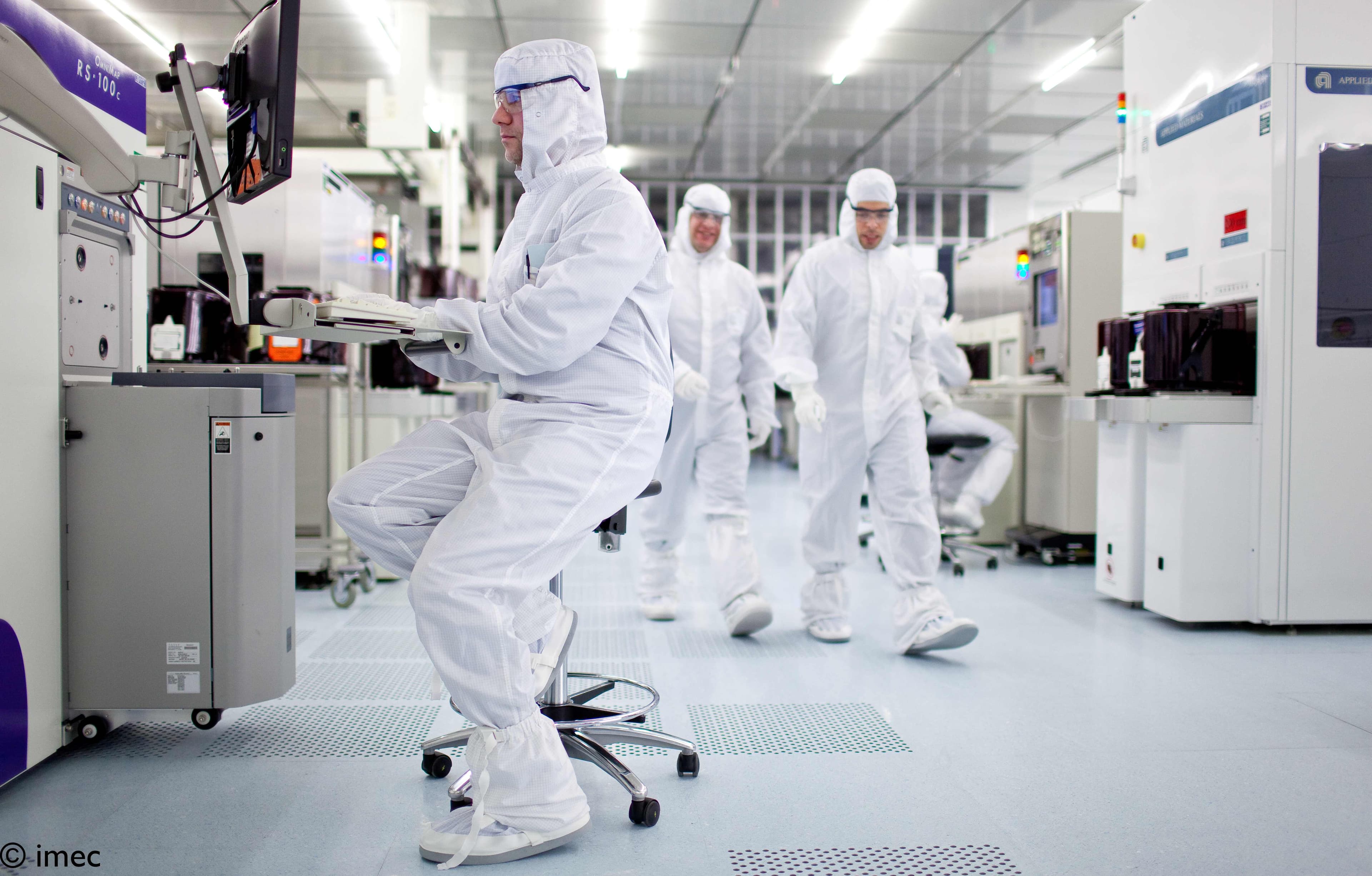
Ultrasound (US) imaging and computed tomography (CT) are essential tools in heart visualization. Today, the images generated by these technologies are used as the basis for computational models and simulations that assist doctors in planning surgical interventions. With CT scanners now able to cover the entire heart and acquire images at high frame rates, DIASTOLE seeks to develop a dual-modality workflow for 4D heart modeling, enabling the creation of ultra-realistic simulations suitable for planning complex interventions such as transcatheter valve replacements.
The best of both worlds
Cardiac therapies and interventions are becoming ever more sophisticated, giving surgeons imaging and simulation tools to perform more complex surgeries and treatments. While ultrasound is best for greater real-time detail of fine structures, CT imaging offers a larger field of view and is more suitable as a basis for modeling the entire heart and surrounding structures. Integrating both modalities would combine these advantages and provide the basis for even more detailed and safe cardiac observation, modeling and simulation. This could not only reduce costs, but also has the potential to improve surgical outcomes, leading to lower mortality.
Unique challenges with each modality
Without thorough optimization, dynamic CT acquisitions at high frame rates deliver high doses of radiation to the patient, which could impair the clinical use of this imaging technology. Currently, there is no radiation dosimetry standard adapted to this acquisition technique, limiting advanced applications. Even more, significant computational challenges arise in accurately aligning US and CT images, requiring the efficient processing of large amounts of data. Equally crucial is the development of new ways of combining and jointly segmenting these images that minimize the need for manual intervention and, when user interaction is required, make it as efficient and intuitive as possible.
At the intersection of health, physics and computer science
The DIASTOLE project aims to develop:
- new radiation dosimetry metrics in CT;
- software that combines patient-specific 4D heart models based on ultrasound imaging and computed tomography;
- procedures for performing simulations based on dynamic geometry.
Multidisciplinary expertise
To address the project’s manifold challenges, DIASTOLE involves various leading institutional and industry partners that contribute heart disease treatment, x-ray technology, radiation dosimetry, geometric modeling and computer-aided diagnosis expertise.
“DIASTOLE seeks to develop a 4D workflow to combine and process 4D CT and ultrasound imaging data. This innovation in dynamic cardiac modeling and simulation could boost the outcomes of heart disease diagnosis and intervention while saving time and costs.”
DIASTOLE
Dynamic imaging for segmentation and computational modeling of the heart
DIASTOLE is an imec.icon research project funded by imec and Agentschap Innoveren & Ondernemen.
It started on 01.06.2017 and is set to run until 31.12.2019.
Project information
Industry
- FEops
- Materialise
- GE Healthcare DoseWatch Business
Research
- imec - ETRO-MIT - VUB
- imec - Vision Lab - UAntwerpen
- VUB - Centrum voor Hart- en Vaatziekten
- VUB - Radiologie
Contact
- Project Lead: Roel Wirix-Speetjens
- Research Lead: Jef Vandemeulebroucke
- Innovation Manager: Piet Verhoeve




